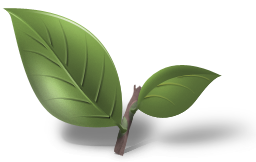Acc Hugh wrote: ↑Thu Sep 15, 2022 5:55 pm
1. 30 year aged pure GuShu raw pu'er.
2. 20 year aged pure GuShu raw pu'er.
3. 10 year aged pure GuShu raw pu'er.
4. 30 year aged single estate blend GuShu raw pu'er.
5. 20 year aged single estate blend GuShu raw pu'er.
6. 10 year aged single estate blend GuShu raw pu'er.
7. 30, 20, 10 aged single estate blend small trees raw pu'er.
Yep, raw pu'er has to be aged to be called pu'er categorized under black tea.
Pure unblended 100% GuShu will be best regardless of whichever region, that will be decided on your taste preference.
Then blends of GuShu + small trees.
Then small tress under 100 yrs old.
Lets keep fertilized/pesticide taidi for the other 90% mass consumption.
This is a very disingenuous and misleading post. I feel the need to step in and caution anyone, especially puerh newbies, from approaching sheng puerh in this old-fashioned and frankly, outdated perspective that has led to the obfuscation of what good puerh tea is.
If I may draw the analogy to wine... Not all wine is meant to be aged. The myth that aging improves the taste and quality of wine, and therefore its value, is already challenged. Aging a tea does not make it better, if the tea material isn't suited for aging. The concept of gushu puerh that emphasizes micro-specific terroirs did not emerge until the early 2010s - hence the majority of factory blends from 70s-00s consists of small leaf material taken from various tea plantations outside said region.
If I may draw the analogy to whisky - single cask private bottlings (IB) does not mean superior whisky to the regular standard expressions by distillery. Do not confuse exclusivity for quality.
